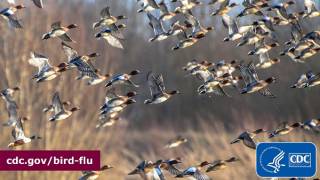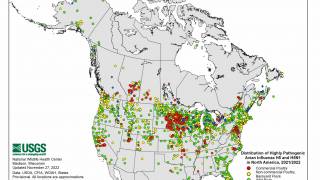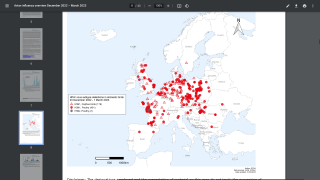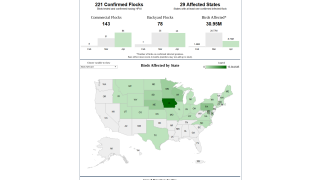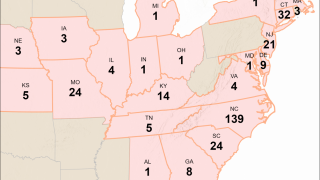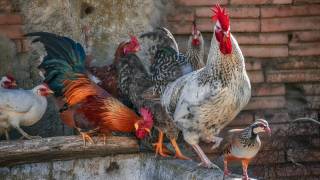Human Bird Flu Infection Explained
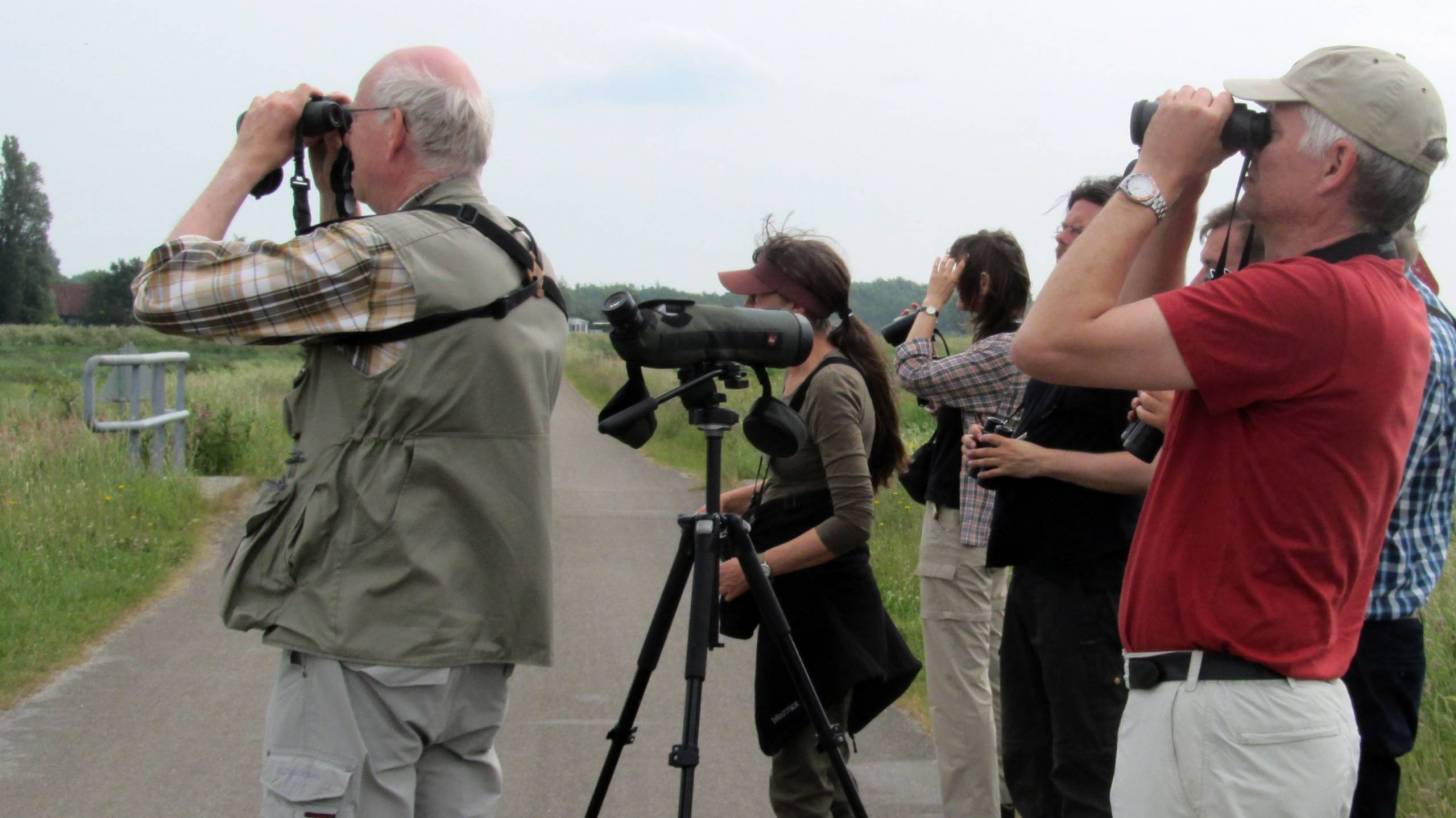
While any avian influenza infection in a human can cause severe disease, the recent bird flu outbreaks have elevated various concerns.
Whenever avian influenza viruses are circulating in poultry, wild birds, or mammals, there is a risk for humans due to exposure to infected animals or contaminated environments.
Globally, eleven human influenza A H5N1 2.3.4.4b infections have been reported during 2022-2023.
The World Health Organization (WHO) published Disease Outbreak News on April 21, 2023, explaining the human infection caused by Avian Influenza A (H5N1) in Chile.
And H5N1 was first detected in birds in the Region of the Americas in December 2014.
Between December 2022 and February 2023, highly pathogenic avian influenza (HPAI) was detected in wild aquatic birds (pelicans and penguins) and sea mammals (sea lions) in the Antofagasta Region where the case resides.
In addition, other mammalian infections and fatalities in South America have been confirmed in 2023.
This patient is a 53-year-old male from the Region of Antofagasta in northern Chile, with no history of comorbidities or recent travel. On March 27, 2023, the Ministry of Health of Chile notified the WHO of the detection of human infection.
The genomic sequencing had 99.9% identity with H5 hemagglutinin sequences from Chilean birds, and complete neuraminidase had 100% identity with N1 sequences from Chilean birds.
On March 23, 2023, the patient was admitted to the intensive care unit, and treatment with antivirals (oseltamivir) and antibiotics was initiated.
As of April 21, 2023, the patient remained in respiratory isolation under multidisciplinary management, with mechanical ventilation due to pneumonia. Standard infection control precautions were kept since the detection of the case.
According to preliminary findings of the epidemiological investigation of this human case, the most plausible transmission route was through environmental exposure, given the large number of dead sea mammals and wild birds found in the area close to the patient's residence, wrote the WHO.
Available epidemiological and virological evidence suggests that A(H5) viruses, including H5N1, have not acquired the capacity for sustained transmission among humans.
Based on available information, the WHO assessed the risk to the general population posed by this HAPI virus outbreak to be low.
While this bird flu investigation is ongoing, the WHO does not advise special traveler screening at Chile's entry points.
In the U.S., the United States Department of Agriculture's Animal and Plant Health Inspection Service has confirmed the Eurasian (H5 clade 2.3.4.4b.) appeared in North America in January 2022.
Since then, over 58 million birds in the U.S. have been impacted.
Furthermore, the U.S. CDC has not issued a travel alert regarding bird flu outbreaks as of April 23, 2023.
And bird flu vaccines have been authorized, with newer versions currently developing. Moreover, the CDC says annual flu shots are not designed to protect people from this type of bird flu.
Our Trust Standards: Medical Advisory Committee






